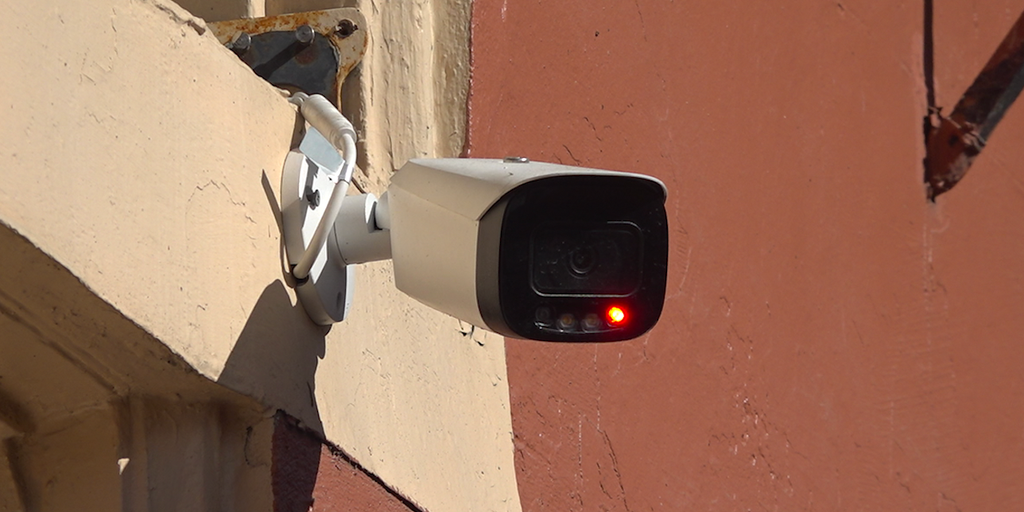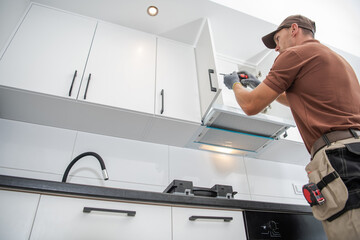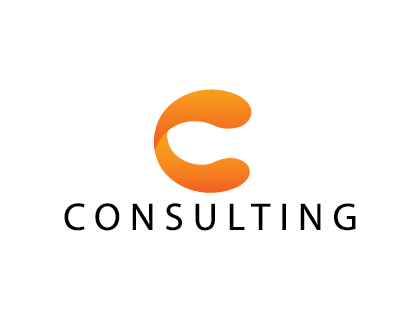Security cameras provide an extra layer of protection against burglary. They deter some thieves, and they help you identify suspects after a crime occurs. For more information, click the link https://dmacsecurity.net/ provided to proceed.
Wired options are typically connected to onsite storage devices like network video recorders (NVRs) or digital video recorders (DVRs). Some models include cloud recording for remote access.

A security camera with intrusion detection can monitor the perimeter of a property, alerting you when someone approaches. This feature is a great crime deterrent, as it will make criminals think twice about targeting your property. Some security cameras also have features like two-way talk, so you can speak to anyone who approaches your camera.
This will help you settle disputes with neighbors, employees, or customers. It can also provide valuable evidence in legal cases where eye witness testimony is in question. In addition, security cameras can capture events that may be hard to remember, such as when you or your employees are at fault in a situation.
The earliest security cameras used VCRs to record pictures and video. They are now based on digital technology and can transmit footage to a computer or server. They can even be connected to smart home devices, such as lights and locks. These cameras can be wireless, which allows them to connect to your Wi-Fi network and avoid costly cables.
Many people choose security cameras for their privacy, but it’s important to note that they can still be hacked. If you’re buying a security camera for your home, it should have encryption to prevent hackers from gaining access to your recordings. Public surveillance cameras are less likely to be encrypted, making them a target for hackers. You should also be careful where you place your security camera, as some states have laws regulating where they can be placed.
Detection of fire is an important part of security systems in both residential and commercial buildings. The integration of CCTV into fire monitoring systems allows firefighters to quickly and accurately respond to a fire, which minimizes damage and saves lives.
Cameras with built-in fire detection use a shortwave infrared (SWIR) sensor to detect thermal radiation from smoke that is invisible to the human eye. They also have the ability to identify a heat source and track its movements, which can help the fire department quickly locate the flames and extinguish them before they spread.
Security cameras with fire image detection are especially useful in large spaces with high ceilings or a lot of equipment that may produce heat. These systems are more accurate than traditional point-type detectors on the ceiling because they detect a fire directly at the source. They are not affected by lights, solar radiation or arc welding and can be linked to fire alarm controllers through CAN bus.
However, these systems have some disadvantages. They can take a while to detect a fire because they depend on software that must be programmed and adjusted (including to eliminate false alarms). Additionally, they require special cameras and enough of them to cover a large space, which adds to the cost. They also have a limitation in that they can only detect whether a fire exists in an image and cannot provide information about the location or size of the fire (Frizzi et al., 2016).
Many people are surprised to find out that security cameras can pick up smoke. It’s important for business and residential owners to know about this capability as it can help in the event of an emergency. Cameras and sensors can detect smoke by picking up its heat signature. There are a few different types of cameras that can do this, including shortwave infrared thermal imaging cameras and FLIR systems.
Many of these smoke detector cameras are designed to look inconspicuous and to blend into the environment. As a result, they are often placed in places where they won’t be noticed, such as in living spaces or offices. They may also be found in warehouses, construction sites, and industrial environments.
When used in conjunction with traditional fire detection systems, they can provide the additional benefits of video image analysis (VID) and automated alarms. These benefits can save time and money in the case of a fire. The VID technology can also reduce the number of false alarms generated by a fire.
In addition, VID can allow humans to quickly and accurately assess risk in the event of an alarm. This can be critical in a large facility where the location of the fire can be difficult to determine. It can also prevent delays in assessing the severity of a fire and take action as needed. In the case of a fire in a school, a quick assessment can help to limit damage and keep students and staff safe.
Security cameras can be used to help locate leaking pipes. Unexplained wet spots on the floor, ceiling, or walls can be a sign of water leaks that need to be fixed before they cause serious damage. Other non-invasive tools like moisture meters and infrared cameras can also detect the presence of moisture and identify potential leak locations.
A camera fitted with a thermal imaging sensor is one of the most popular pieces of equipment for this purpose. The sensor reflects the heat signature of water piping in the walls and under tiles, allowing a technician to easily pinpoint the source of the leak with minimal damage to surrounding areas. In some cases, a professional may choose to use tracer gas testing which involves connecting a specialised pipe to the affected piping system and then feeding a special chemical through the system in order to locate the source of the leak.
Sonic leak detection is a more cutting-edge technology which works by using sound waves to locate the source of a leaking pipe. These sensors are able to hear the unique sounds created by fluid escaping from pressurised pipes, reverberating like a hiss, and pinpointing their location.
A camera can be connected to a control panel that allows you to shut off your water system, set usage patterns, and receive alerts. This can be a great feature if you want to monitor your home while at work or on holiday.
A security camera is a great tool for detecting floods. This is because the cameras can detect motion and alert people to a possible flood. This can help in minimizing the risk of potential liability issues.
Many countries are prone to flood events. These events can cause major damage to property and lives. The government of these nations are seeking methods to improve early-warning initiatives for floods. One way to do this is to use cameras equipped with wireless sensors. This will allow the sensors to capture data and send it to an online server.
One method that has been used is to monitor the water level of rivers and lakes using cameras equipped with STIV (Structural Time-Series Image) technology. This technology measures changes in the position of the surface of the water at regular intervals. The results are then analyzed to determine the water level. This information can then be used to provide early warnings and evacuation orders to people living in the affected area.
Another method for detecting floods is to use a computer vision approach. This is an algorithm that can analyze images and detect the presence of water. It can also determine the water level based on the image and calculate the depth of the water. This is an inexpensive and effective way to forecast a flood. Moreover, it can be combined with IoT sensor data to enhance the accuracy of the data.
A carbon monoxide detector is a life-saving piece of technology that’s often overlooked when it comes to home safety. This odorless, colorless gas is produced when fossil fuels like wood, coal, propane, gasoline, natural gas and heating oil fail to burn properly. It can seep through broken furnaces, stoves, portable generators and vehicles that are operated indoors and can poison people within minutes if exposed to high concentrations.
A security camera with a built-in carbon monoxide sensor will alert you when it detects dangerous levels of CO in the air. It will sound an alarm and also send you a notification through the Wyze app to keep you updated with your home’s safety status. When you receive the alarm, evacuate the premises immediately and seek fresh air outside your house. Symptoms of CO poisoning include dizziness, headache and chest pain. Contact emergency services immediately and don’t re-enter your home until it is deemed safe.
There are several different types of detectors, which use various methods to gauge carbon monoxide levels. Most use electrochemical sensors that rely on electrodes submerged in an electrically conductive solution to detect carbon monoxide in the air. These sensors work by changing the electrical current passing through the electrolyte, and the exact amount of change determines how much carbon monoxide is present in the air. Metal oxide semiconductor sensors work in a similar way but use circuitry on a chip instead of an electrolyte.



